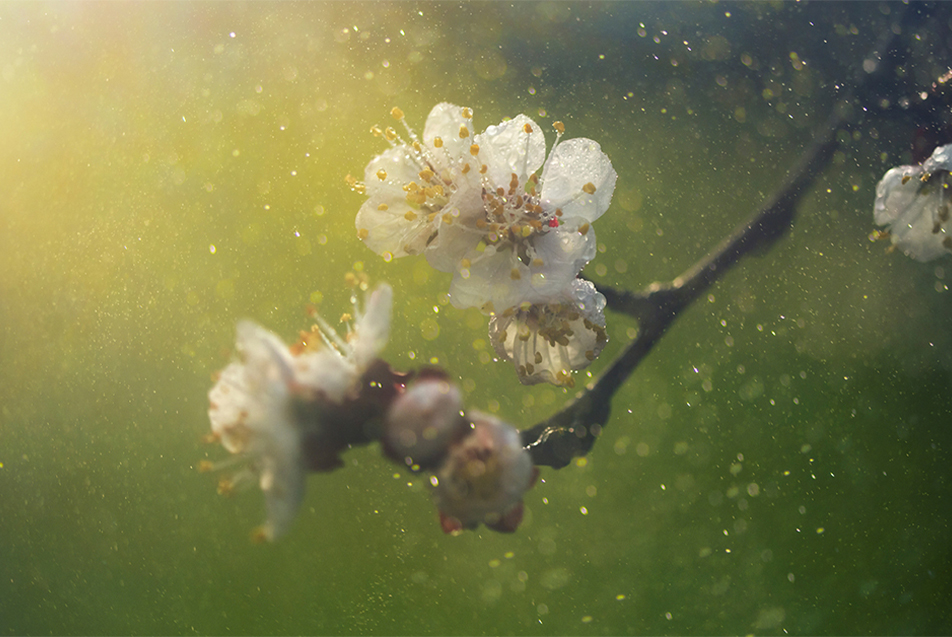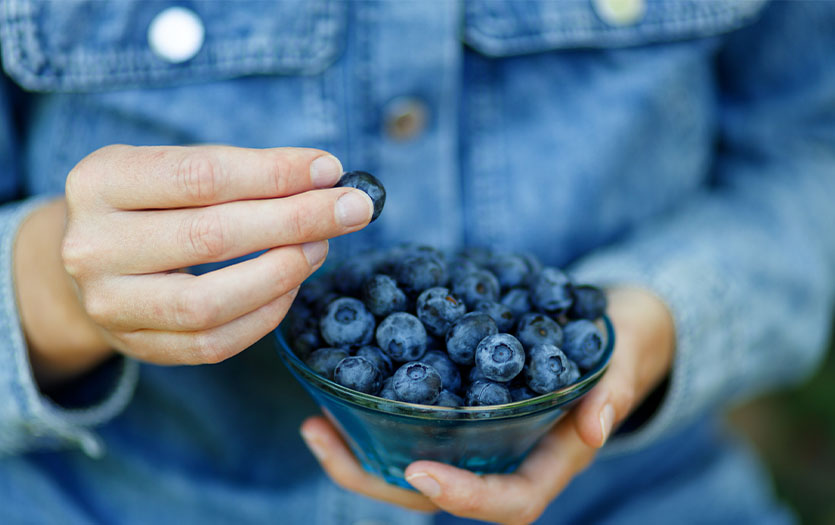
Red, irritated eyes, sneezes that come from the toes, routine throat clearing ... The sights and sounds of seasonal allergies are, indeed, all around us. Maybe you’re feeling the symptoms right now. Elizabeth Isbister, MD, FAAAAI, offers these facts about the seasonal effects of pollen, mold spores and all of the usual suspects, as well as some resources for finding relief.
As the warmer weather returns, pollen counts and mold spores are on the rise. That can mean problems for allergy sufferers. Hay fever, also called allergic rhinitis, causes cold-like signs and symptoms, such as sneezing, runny nose, itchy eyes and congestion. But unlike a cold, hay fever isn't caused by a virus. It’s caused by an allergic response to outdoor or indoor allergens, such as pollen, dust mites or tiny flecks of skin and saliva shed by cats, dogs and other animals with fur.
Airborne pollen in Northeast Indiana follows this general schedule
Tree pollen – early to mid-spring (generally April and May)
Grass pollen – mid-spring through summer (generally May and June)
Weed pollen – late summer (ragweed starts to pollinate August 15); weed pollen will persist in the air in moderate levels through at least two overnight hard “killing” frosts in autumn
Pollen grains travel miles in the breeze, so pollen counts tend to be highest on dry, windy days. The pollen is usually not visible to the naked eye, but even small amounts can trigger allergy symptoms. Tree pollens are on the rise when trees are just beginning to bud.
Unfortunately, because pollen is airborne and carried for miles, eliminating certain plants from your yard won’t do much to improve symptoms. The only effective avoidance strategy is to stay indoors in an air-conditioned environment during times of heavy pollen. After spending a significant amount of time outdoors during pollen season, allergic individuals should shower, wash their hair, and change their clothes to eliminate continued exposure to pollen.

Some patients with tree pollen allergy experience itching in the mouth, lips and/or tongue when they eat certain fresh fruits and vegetables. This is due to a cross-reaction between the tree pollen and fresh fruit and is known as “oral allergy syndrome”. For example, patients with an allergy to birch tree pollen might notice these symptoms when they eat fresh apples or carrots.
People can also develop allergies to both indoor and outdoor molds. Outdoor mold spores are especially prevalent in the air on windy days in the summer, fall and early winter. Mold spores are resilient and don’t go completely dormant until the weather remains at or below freezing for several days or more in the winter. As with pollen's, outdoor mold spores may be partly avoided by staying indoors. Even with air-conditioning, outdoor mold spores become part of house dust inside our homes. To lessen indoor mold growth, reduce moisture problems in and around the home:
- Assure adequate kitchen and bathroom ventilation
- Make sure gutters, downspouts and landscaping direct water away from the home and foundation
- Trim back shrubs and trees to maintain adequate ventilation to the exterior of the home
- Use a dehumidifier in the basement
- Use central air-conditioning, if available
While avoiding triggers is the best way to control hay fever, your healthcare provider might recommend or prescribe an allergy medication to manage your symptoms. These medications include nasal corticosteroid sprays, antihistamine pills, nasal antihistamine sprays or decongestant pills. Of these, nasal steroids and antihistamines are recommended most often.
Antihistamines
Antihistamines help prevent the effects of histamine, which is a chemical released by your body during an allergic reaction. Histamine triggers sneezing, itching and runny nose. By preventing the action of histamine, your allergy symptoms can be reduced. Antihistamines are available as a liquid, tablet or nasal spray.
Nasal steroids
One of the best treatments for allergic rhinitis is nasal corticosteroid spray. This type of steroid helps control inflammation, in this case, in the nose. Controlling inflammation helps with nasal congestion, sinus pressure and post-nasal drip. Nasal steroids take at least several days to become fully effective, so they should be used on a daily basis for the best relief of symptoms. Nasal steroid spray should be started at least two weeks before the start of pollen season.
Allergy medications usually work best if they are started before tree pollen is in the air and allergy symptoms develop. If you start taking allergy medications before you first come into contact with spring allergens, the medication can prevent the release of histamine and other chemicals. As a result, allergy symptoms can be minimized.
For more, Dr. Isbister encourages patients to visit the American College of Allergy, Asthma and Immunology online.



